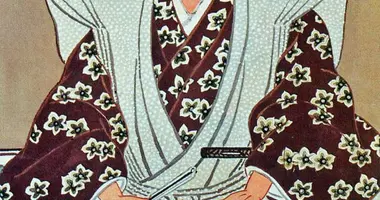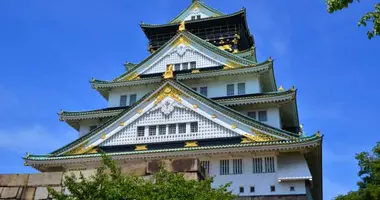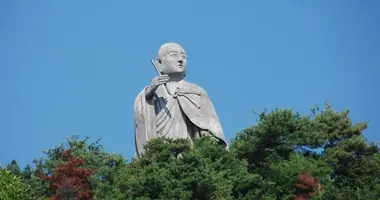The Nara Period: A Brief but Influential Era in Early Japanese History
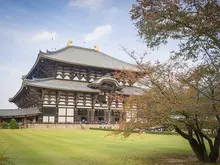
The Nara period (710-794 CE) was a short but significant era in early Japanese history, following the Asuka period. During this time, Japan's first permanent capital was established at Heijō-kyō (present-day Nara), modeled after the Chinese Tang Dynasty capital of Chang'an. Although brief in duration, the Nara period witnessed notable cultural and political developments that would shape Japan for centuries to come.
Establishment of Nara as the Imperial Capital
In 710 CE, Empress Genmei moved the capital to Heijō-kyō, a city carefully selected for its central location and various advantages over previous capitals. Nara was laid out in a grid pattern, with the imperial palace situated at its north end, following Chinese urban planning principles. The new capital facilitated the expansion of government institutions and imperial control over the provinces.
Nara quickly grew into a thriving metropolis, with a population possibly as high as 200,000 by the end of the period. The city bustled with diplomatic activities, as envoys and students from Japan were regularly dispatched to Tang China, while foreign visitors from China, Korea, and even as far as India arrived in Nara. This cultural exchange contributed to Nara's cosmopolitan atmosphere.
Political Developments and Challenges
The Nara period saw increased centralization of power and efforts to exert greater imperial control over the provinces through a stronger military presence. However, this was not without resistance. In 740 CE, Fujiwara no Hirotsugu, a powerful exile, led a major rebellion in Kyushu, supported by the Hayato people who resented Yamato dominance. Emperor Shōmu swiftly crushed the uprising, but it underscored the challenges of maintaining central authority.
The era also witnessed the rise of influential ruling empresses, such as Genmei, Genshō, and Kōken (later Emperor Shōtoku). Their reigns saw the Fujiwara clan's power grow at court, as they married their daughters to emperors. However, internal court conflicts, power struggles, and the Buddhist clergy's increasing influence eventually led Emperor Kanmu to relocate the capital to Heian-kyō (Kyoto) in 794 CE, marking the end of the Nara period.
Social and Economic Conditions
Despite the Nara period's cultural flourishing, life remained difficult for the common people, particularly the rural population. Primitive agricultural tools, insufficient land cultivation, and frequent famines plagued the peasantry. The situation was exacerbated by smallpox epidemics in 735 and 737 CE, which historians estimate reduced the population by 25-35%.
Peasants also bore the heavy burden of taxation to fund the government's ambitious temple construction projects. Meanwhile, a growing number of aristocrats and religious institutions enjoyed tax exemptions, placing further strain on the imperial treasury. Disparities between the elite and commoners widened, as large landholders accumulated more wealth and power through the expanding shōen (private estates) system.
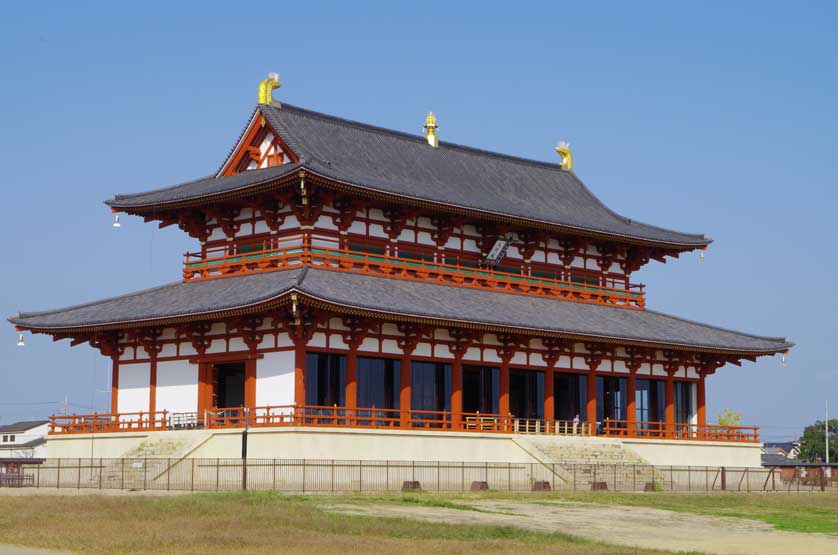
Daigokuden Hall, Nara Palace Site, Nara
Buddhism and Temple Construction
Emperor Shōmu was a fervent promoter of Buddhism, decreeing the construction of provincial temples(kokubunji) throughout Japan to appease the gods and improve the country's fortunes. The crown jewel of his ambitious building program was Tōdai-ji in Nara, housing the colossal bronze Great Buddha statue. At the time, the temple's Great Buddha Hall was the largest wooden building in the world.
Other notable temples like Kōfuku-ji and Kasuga Taisha also developed during this period, with the latter established by the powerful Fujiwara clan. These grand religious structures not only showcased the wealth and devotion of the imperial family and aristocrats but also served as centers of learning and the arts. Buddhist clergy gained significant influence in politics and society, sometimes leading to tensions with the ruling class.
Literature and Historical Chronicles
The Nara period produced some of Japan's earliest and most influential literary works. The Kojiki (712 CE) and Nihon Shoki (720 CE) were the first national histories, compiling myths, legends, and historical accounts to legitimize imperial rule and trace the origins of the Japanese people. These works laid the foundation for the native Shinto religion and Japan's national identity.
Poetry also flourished during this time. The Manyōshū (Collection of Ten Thousand Leaves), compiled around 760 CE, is the oldest extant collection of Japanese poetry. It contains over 4,500 poems by people from all walks of life, offering a vivid snapshot of Nara society and its values. The Kaifūsō (751 CE) is another significant anthology, featuring poetry written in Chinese by Japanese poets.
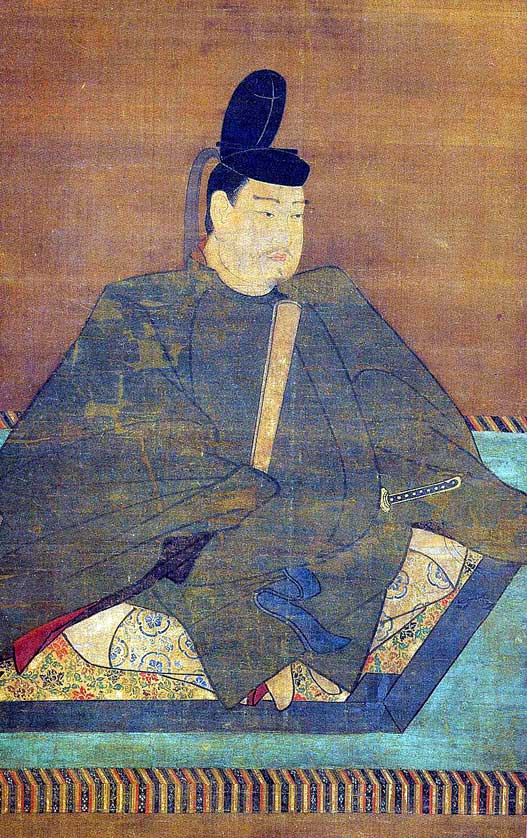
Emperor Shomu
Lasting Legacy and Influence
Although short-lived, the Nara period played a crucial role in shaping Japan's cultural, political, and religious landscape. It laid the groundwork for the longer-lasting Heian period that followed, setting artistic and literary tastes, cementing Buddhism's influence, and establishing models of governance.
Nara's legacy lives on through its enduring cultural landmarks, many of which are now UNESCO World Heritage Sites. Tōdai-ji, with its Great Buddha Hall, remains an iconic symbol of Japanese Buddhism, attracting pilgrims and tourists alike. Kasuga Taisha continues to be an important Shinto shrine, famous for its lantern festivals.
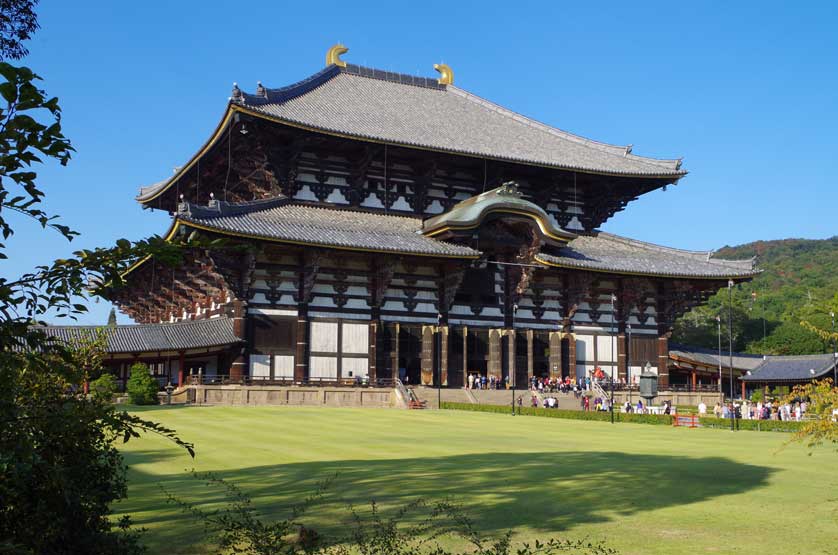
Todaiji Temple in Nara is now a UNESCO World Heritage listed site
Moreover, the literary works produced during the Nara period, such as the Kojiki, Nihon Shoki, and Manyōshū, have left an indelible mark on Japanese culture. They provide invaluable insights into early Japanese history, mythology, language, and aesthetics, influencing generations of writers and scholars.
In conclusion, the Nara period, though brief, was a pivotal chapter in Japan's history. It witnessed the establishment of a centralized state, the flourishing of Buddhism and the arts, and the creation of enduring cultural treasures. Understanding this era is essential to appreciating the rich tapestry of Japanese civilization and its evolution through the ages. To read more articles on Japanese history or explore Nara itself, a city steeped in historical significance, consider these resources for further insight into this fascinating period.
